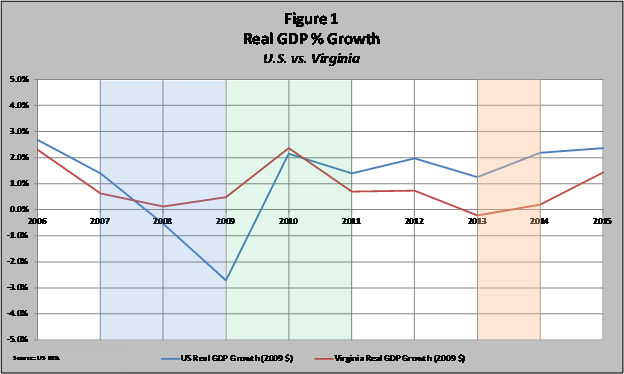 by James A. Bacon
by James A. Bacon
Last week Dominion Virginia Power issued a press release highlighting the fact that persistent hot, humid weather in July, August and September had set a three-month electricity-usage record for its service territory and the electric cooperatives that are part of its system.
Over those three months customers used 28.2 million megawatt hours of electricity. That represented a 3.3% increase from the 27.3 million megawatt hours consumed in the third quarter in 2010.
“It was not a summer of extreme high temperatures, but it was very hot and humid for days on end and that drove demand,” said Robert M. Blue, president of Dominion Virginia Power. “Our integrated system of power stations and transmission lines were able to meet the increased demands reliably and effectively. We also worked with customers on conservation efforts, including declaring 10 ‘Smart Cooling’ days where customers enrolled in the voluntary program allow their air-conditioning units to cycle on and off to reduce energy demand at peak times.”
The numbers buttressed Dominion’s claim that the Virginia Peninsula is in danger of experiencing blackouts next year when Yorktown Power Station units 1 and 2 must be shut down to meet EPA clean air guidelines. Dominion, which wants to build a high-voltage transmission line across the James River to make up for the lost capacity, cranked up the aging, coal-fueled generators 20 times in July and August when needed to meet peak demand. If weather conditions are similar next summer, federal reliability rules could force Dominion to execute controlled blackouts rather than risk an incident that would trigger an uncontrolled, cascading blackout.
Dominion’s preferred solution is controversial: Conservationists and other foes say the utility is exaggerating future growth of electricity demand on the Peninsula to justify its need for the transmission line. That debate mirrors a larger one — how valid is the utility’s forecast that electric usage will increase an average of 1.5% annually through the mid-2020s?
Last week the State Corporation Commission held a hearing in which participants debated the demand forecast contained in Dominion’s 2016 Integrated Resource Plan. Lawyers and consultants with environmentalist groups argued that Dominion inflated its projections in order to justify building new power plants within the plan’s 15-year time horizon, reports Jim Pierobon in Southeast Energy News,
“Dominion has layered error upon error that leads to only one result: unnecessary and costly investment in company-owned generation to meet an inflated and unlikely load growth,” charged Will Cleveland, an attorney with the Southern Environmental Law Center.
In other testimony, economist James Wilson challenged Dominion’s 1.5% growth figure, noting that demand has been relatively flat over the past decade. While the 2008-2010 recession was one reason, he said, slow load growth also stems from corporate investment in energy efficiency,
The slow growth of Dominion’s summer demand between 2010 and 2016 — about 0.5% annually — seemingly confirms the skeptics’ view. I discussed the slow growth with Dominion spokesman Dan Genest.

Genest blames the slow load growth on slow economic growth following the recession, as seen in the chart above.”There are two principle reasons for the low growth,” he says. “First, the Commonwealth was still recovering from the recession. Second, Virginia was hit much harder than most states by the federal government’s sequestration program to reduce military spending.”
In 2014, Virginia’s economy finally gained steam. “The Gross Domestic Product growth for Virginia began a steady rise that currently is above 1.5 percent,” Genest says. “We expect that growth to continue and for our sales to follow suit.”
I asked if the trend toward increased usage could reflect the vagaries of variable summer temperatures. Meteorologists do measure “degree days” but Genest said humidity drove the record usage more than temperature. Dominion’s meteorologists have tried to develop a method for calculating the impact of humidity on electricity usage but have not been successful. The inability to precisely measure the impact of weather makes it difficult to gauge the the underlying usage patterns, thus introducing an element of uncertainty in any analysis.
In one sense Dominion’s forecast is conservative — it assumes that electric usage will grow more slowly than the economy. Dominion’s 1.5% average load growth compares to a 1.9% growth in the national economy assumed by the Office of Management and Budget for 2017 and 2.0% for the years following.
Whether that assumption is conservative enough is up for debate.


